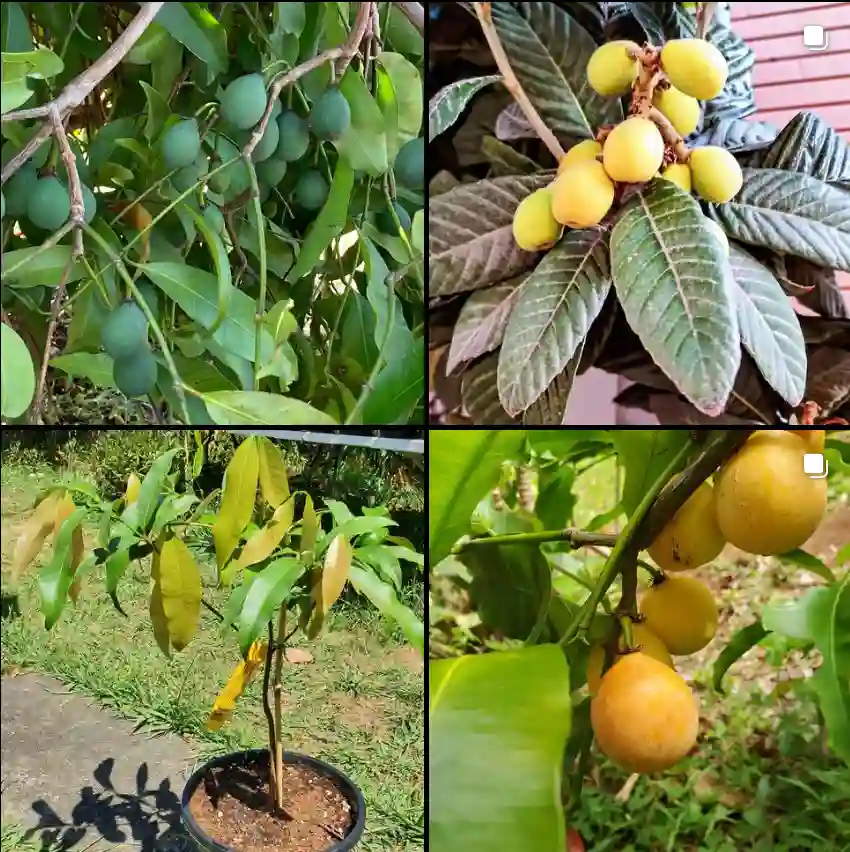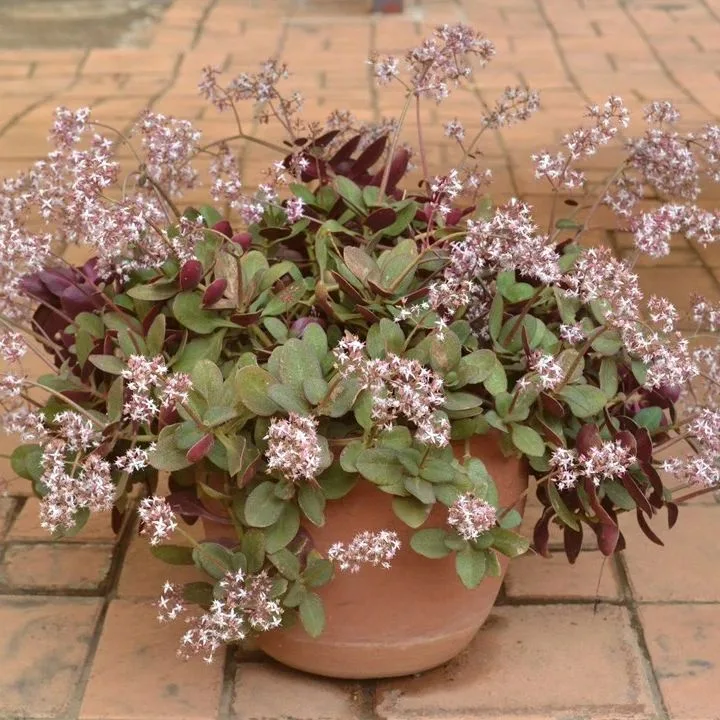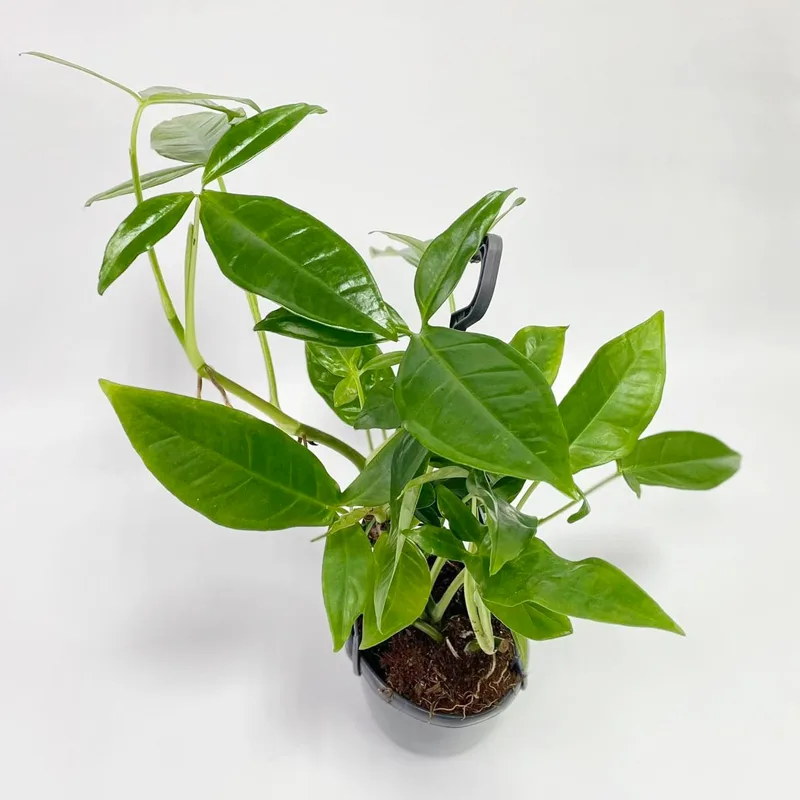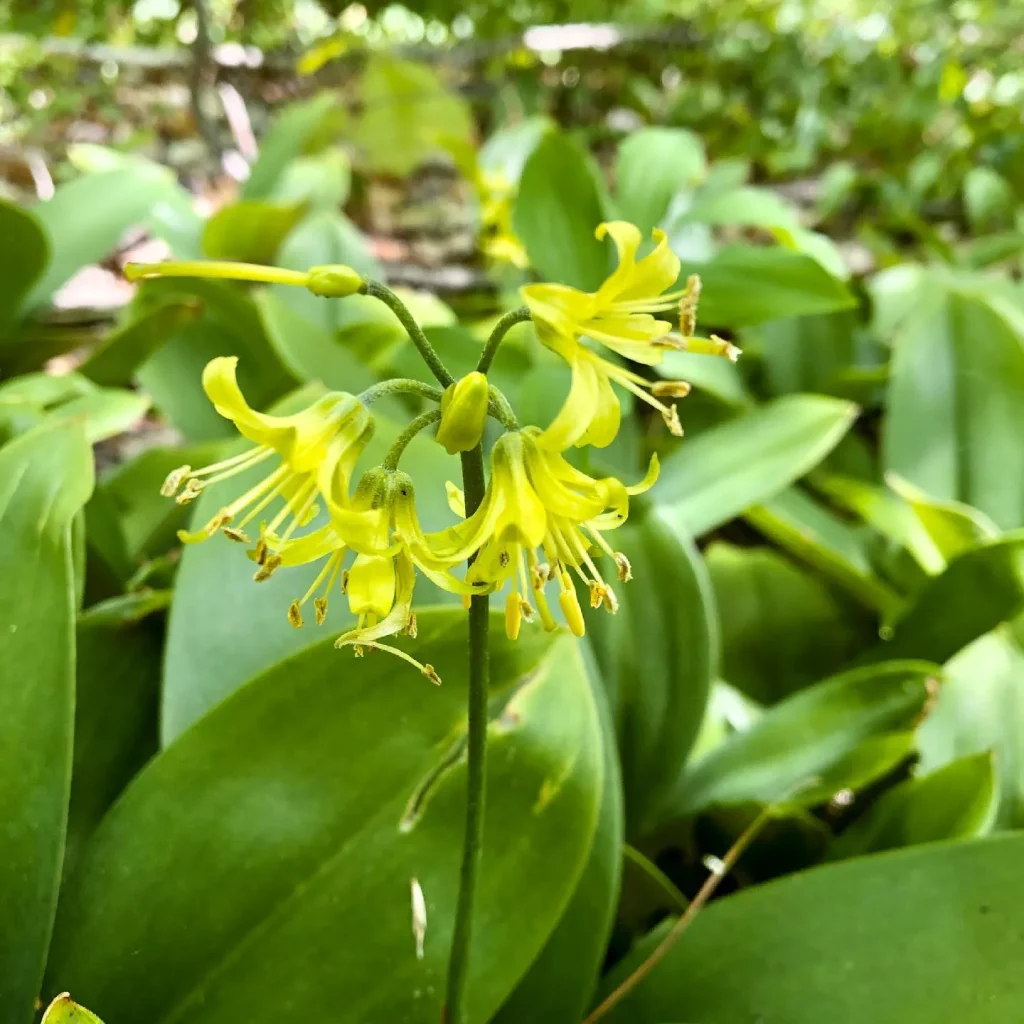
What is Hosta First Frost?
The first time I saw a Hosta First Frost, I was captivated. Its heart-shaped leaves, boasting a vibrant blue-green center framed by a creamy white border, seemed to shimmer in the dappled shade. Unlike its flashy cousins, the First Frost offered a quiet elegance, a perfect complement to the serenity of my shade garden. Over the years, these low-maintenance beauties have become the backbone of my shady haven, and I’m here to share my experience and everything I’ve learned about these remarkable plants.
31 Species in Genus Hosta
When to Welcome First Frost Hostas into Your Garden?
Fall is the undisputed champion for planting Hosta First Frost. The cooler temperatures and increased moisture create the ideal environment for them to establish strong root systems before the summer heat arrives. Ideally, aim to plant 4-6 weeks before the ground freezes. This window allows the hostas to settle in comfortably before winter’s slumber.
However, if fall planting isn’t an option, don’t despair! Spring planting can work too, as long as you ensure the soil remains consistently moist throughout the growing season. Just be mindful that spring-planted hostas might take a little longer to reach their full potential.
What to Plant with First Frost Hostas?
The beauty of First Frost Hostas lies in their versatility. They play well with a variety of shade-loving companions, creating stunning textural and color contrasts in your garden. Here are some of my personal favorites:
- Ferns: Delicate ferns like Maidenhair Ferns or Japanese Painted Ferns add a touch of ethereal grace alongside the bolder foliage of the First Frost Hosta.
- Heucheras: These colorful perennials, also known as Coral Bells, offer a burst of color with their vibrant foliage in shades of red, purple, and orange.
- Astilbes: With their feathery plumes of white, pink, or lavender flowers, Astilbes provide a delightful vertical element alongside the horizontal form of the hostas.
- Caladiums: These shade-loving foliage plants come in a dazzling array of colors and patterns, adding a touch of the tropics to your shady oasis.
When choosing companion plants, consider their mature size and light requirements to ensure they don’t crowd or shade out the First Frost Hostas.
How to care for Hosta First Frost?
First Frost Hostas are renowned for their low-maintenance nature. However, a few simple care practices will ensure they continue to thrive for years to come.
- Light: While they tolerate full shade, these hostas truly shine in dappled sunlight. Aim for a location that receives morning sun and afternoon shade.
- Water: Consistent moisture is key. Water deeply during dry spells, allowing the top inch of soil to dry out before watering again.
- Soil: First Frost Hostas prefer well-drained, fertile soil rich in organic matter. Amending your planting site with compost or aged manure will provide the nutrients they need to flourish.
- Fertilizer: An annual application of a balanced, slow-release fertilizer in early spring will give your hostas a little extra boost.
- Mulch: A 2-3 inch layer of organic mulch around the base of the plant helps retain moisture, regulate soil temperature, and suppress weeds.
How to Propagate First Frost Hostas?
The joy of First Frost Hostas doesn’t have to stop at a single plant. These beauties are surprisingly easy to propagate by division in early spring or fall. Simply dig up a mature clump, carefully separate it into sections with at least 2-3 eyes (buds) each, and replant them in their new homes.
With a little patience and these simple tips, you’ll be well on your way to multiplying your First Frost Hostas and creating a stunning tapestry of shade-loving beauty in your garden.
If i die, water my plants!



